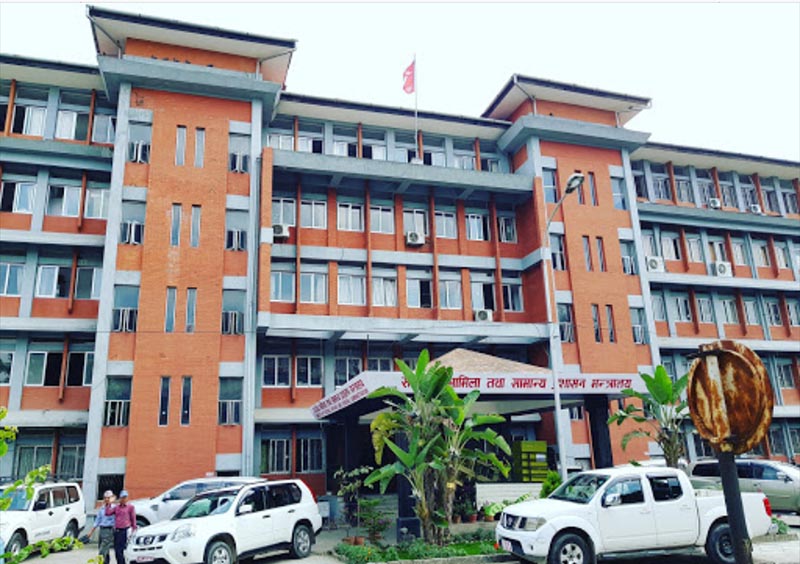Environmental study procedure issued
Kathmandu, August 6
The government has developed ‘Procedure for Concise Environmental Study and Initial Environmental Examination-2020’ to make CES and IEE systematic and effective.
The procedure is expected to aid in implementation and monitoring of development projects to be operated under jurisdiction of rural municipalities and municipalities.
According to the Ministry of Federal Affairs and General Administration, this procedure shall come into effect from the date of its publication in the local gazette of the concerned rural municipalities or municipalities. As per the procedure, local units shall have to prepare a list of development projects or programmes requiring environmental study on the basis of their approved annual programmes and action plans. The list of development projects or programmes shall also include extraction, collection, sale and distribution of river and mine-based products like boulders, gravels, sand and soil.
“The local levels shall conduct environmental study after preparation of a detailed project report or business action plan of projects requiring environmental study,” it reads. Terms of Reference related to CES submitted by a proponent shall be approved by the chief administrative officer, while the power to approve the ToR pertaining to IEE shall be vested on the mayor/ chairperson of the concerned local level, upon making necessary inquiry.
The proponent may include a person, governmental or non-governmental organisation or institution wishing to operate a development project or programme in the concerned local levels.
The procedure requires the proponent to conduct a public hearing and collect opinions and suggestions on the proposal of an area likely to be affected by the implementation of such proposal.
“While conducting a public hearing, the proponent shall ensure participation of affected local communities, representatives from forest user groups and representatives from the local level,” reads the procedure. Public hearing should be held in more than one place as per necessity on the basis of geographical area to be covered by the project.
For the purpose of conducting public hearing, the proponent is obliged to use local newspapers, radio and other mass media as well as post a notice at the concerned ward office of the local level and any public place of the project area. Attendance to the public hearing, suggestions received from participants, photographs and also audio-visual materials should be included in the environmental study report.
According to the procedure, the proponent has to prepare a separate environmental study report for each project or programme through a team of experts by incorporating the opinions and suggestions collected from public hearing.
The report may be prepared either in Nepali or English language.
“The CES report is approved by CAO, while the authority to approve the IEE report shall lie with the executive of the concerned local level by also specifying necessary terms and conditions,” it reads. The procedure requires the proponent to start implementation of the proposal within three years of approval of CES or IEE.
The procedure has also stipulated the provision of a six-member monitoring committee led by deputy chief of the local level to carry out monitoring of the implementation of the proposal.
A version of this article appears in e-paper on August 7, 2020, of The Himalayan Times.






